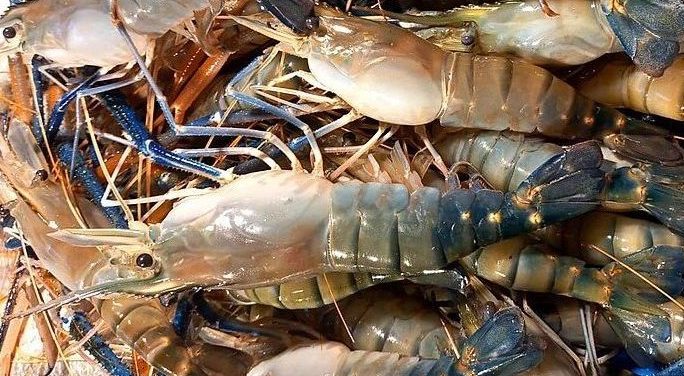India and the UK on May 6, 2025 struck a major trade deal that scraps duty for especially whiskey, textiles, prawns and lamb.
The two top 6 economies mutually expect the deal to generate £25.5 billion ($34.1 billion) yearly, starting 2040.
While India will initially slash duties on 90% of incoming goods, it will reduce them to zero levy by 2040.
Britain meanwhile will allow 99% tax-free imports from India, making its mainly machinery commodities cheap on the subcontinent.
Lamb at Zero
Notably, many agricultural products from the UK will reach India near-tariff free, despite India traditionally being a heavy import taxer.
One of these is lamb, whose current levy of 33% has gone down to 0%, boosting Yorkshire’s sheep farming sector.
Lamb is a popular product with India’s rising middle class and the zero tariff will make it affordable.
Whiskey Grows Cheap
Another product is whiskey, a highly-levied good that had delayed an agreement between the two nations since 2022.
Scotch whiskey will land in India at 75% duty, down from 150%, then further decrease to 40% after 2035.
India is the biggest global whiskey market and levy cuts will ameliorate domestic prices while boosting the UK’s beer industry.
According to the Scotch Whiskey Association’s CEO Mark Kent, the deal will boost exports by £1 billion ($1.225 billion) in five years.
Shrimps and Prawns
On the flip side, India will ship frozen prawns to England at an indeterminate fraction of the existing duty.
India further looks to expand its £4.8 billion ($6.41 billion) export market of frozen seafood via the agreement.
Up to now, the expansion goal has been facing bottlenecks after the U.S.’ tariffs on India’s shrimp/prawns exports.
With the UK’s intervention, however, the goal is to make seafood affordable and scale up revenue in the origin market. And as the statistics below show, prawns are an essential part of the two countries’ seafood trade.
Statistics on India-UK Lamb and Prawns Trade
India and the UK foresee annual trade garner £25.5 billion ($34.1 billion) by 2040, following the May 2025 trade deal. The UK alone will be adding £4.8 billion ($6.41 billion) to its GDP annually from this bilateral trade agreement. Agricultural products that will partially generate this revenue for both sides include lamb and shrimps/prawns.
Lamb is a major agricultural export for the UK. In 2023, the country ranked third after Australia and New Zealand in mutton and lamb meat exports worth $697.7 million. According to the Agriculture and Horticulture Development Board (AHDB), the UK is also the sixth biggest lamb meat producer globally. It has an annual capacity of over 275,000 tonnes of lamb meat and mutton.
Prawns and shrimps, on the other hand, are the backbone of India’s seafood industry. In 2024, the shrimp sector had a market value of $8.3 billion but could reach $20.9 billion by 2032, according to Indus Food. As the world’s number two source and exporter of shrimp/prawns, India increasingly needs deals with allies like the UK.
What are the UK’s and India’s lamb meat trade statuses?
According to the AHDB, the UK’s top ten lamb importers are in Europe, apart from Hong Kong, Kuwait and Ghana. India imports most of its sheep, lamb and goat meat from Australia and New Zealand, which supply 99% of the imports.
What is the seafood trade status between India and the UK?
According to Seafish, India is a top 10 exporter of seafood to the UK, worth £112.4 million ($149.9 million), in 2021. The UK exports a 0.6% portion of its seafood imports from India, indicting trade imbalance. For example in 2020, exports of Britain’s seafood to India were at £2.1 million ($2.8 million). The UK’s main seafood import from India is warm water shrimp (prawns), followed by squid and surimi.
